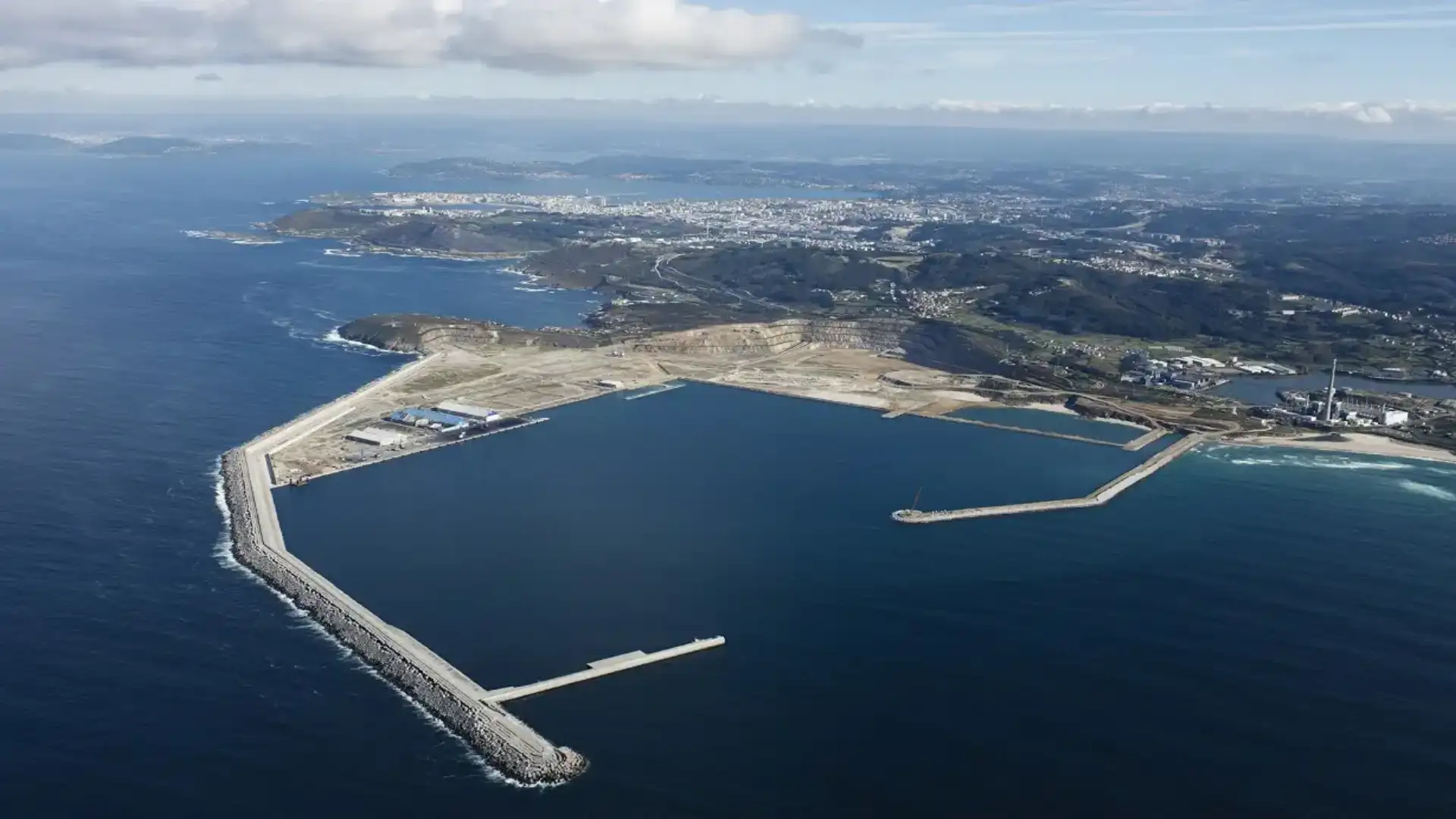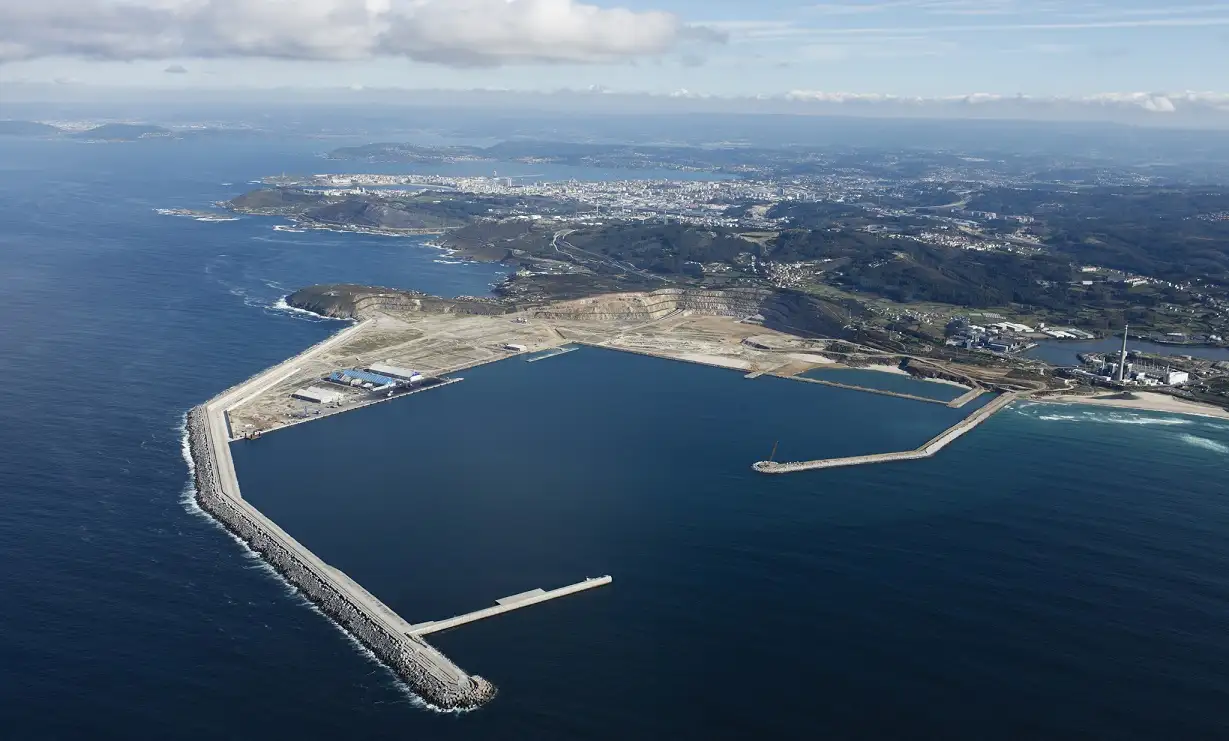
Brussels warns Spain of the waste of the harbour funds
Brussels warns Spain of the waste of the harbour funds

The Exterior Port of La Coruña, one of those in the report for its poor occupation (Spanish Ports / Gaucher Global)
A few days ago the last report by the European Court of Auditors (the auditors of the European funds, in sum) was expected and, for Spain - although also for other countries - the results of the report leave the policy of waste in investment in port infrastructure to the ground. In this regard, the executive report is very clear: "Between 2000 and 2013, the EU invested EUR 6.8 billion in ports. The Court found that the development strategies established by the Member States and the Commission did not provide sufficient information to enable effective capacity planning, which has led to EU co-financed investments in port infrastructure being ineffective and unsustainable, with a high risk of waste of around EUR 400 million.". In addition, in many cases, "the Commission had not taken the necessary measures in the field of State aid and customs procedures to enable ports to compete on an equal basis". The data they provide leave no room for doubt: "EUR 97 million was invested in Infrastructures that were not used or were significantly underused more than three years after the works were completed". The auditors visited 19 seaports in five EU countries (Germany, Italy, Poland, Spain and Sweden) and found that long-term strategies did not provide a solid and coherent basis for planning the necessary port capacity. In the case of Spain, the Court of Auditors speaks, for example, of overcosts in Cartagena, Algeciras, Vigo and Tenerife. In addition, three of the four Spanish ports (Arinaga, in the Canary Islands; Ferrol and Punta Langoseira, in Galicia) showed a modest increase in their activities with respect to 2010, "but remained significantly below the maximum capacity created (about 10% in Arinaga and Langoseira, and about 25% in Ferrol)". Moreover, in the case of the ports of Cartagena, Algeciras and Ferrol "they included in their growth strategy the capture of more traffic to or from the region of Madrid, which is also a traditional market of other large ports (Valencia in particular)". So, "The capacity increase was carried out without assessing whether there was sufficient traffic to cover the same area of influence of the interior".
© 2024 Nautica Digital Europe - www.nauticadigital.eu











